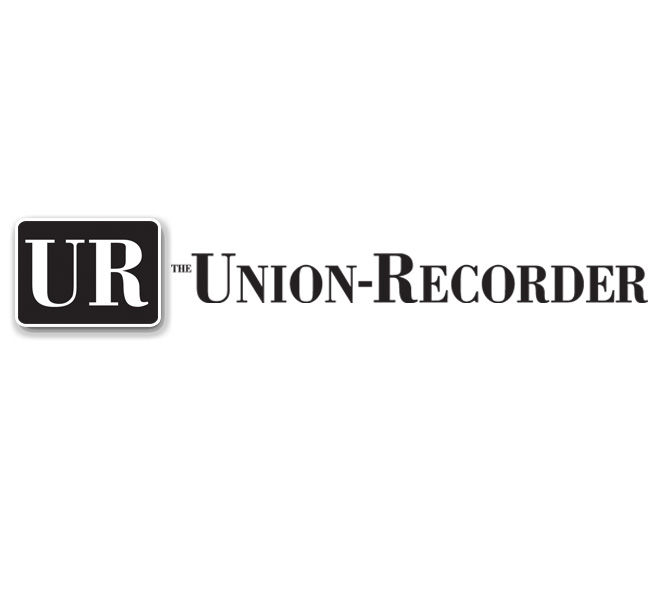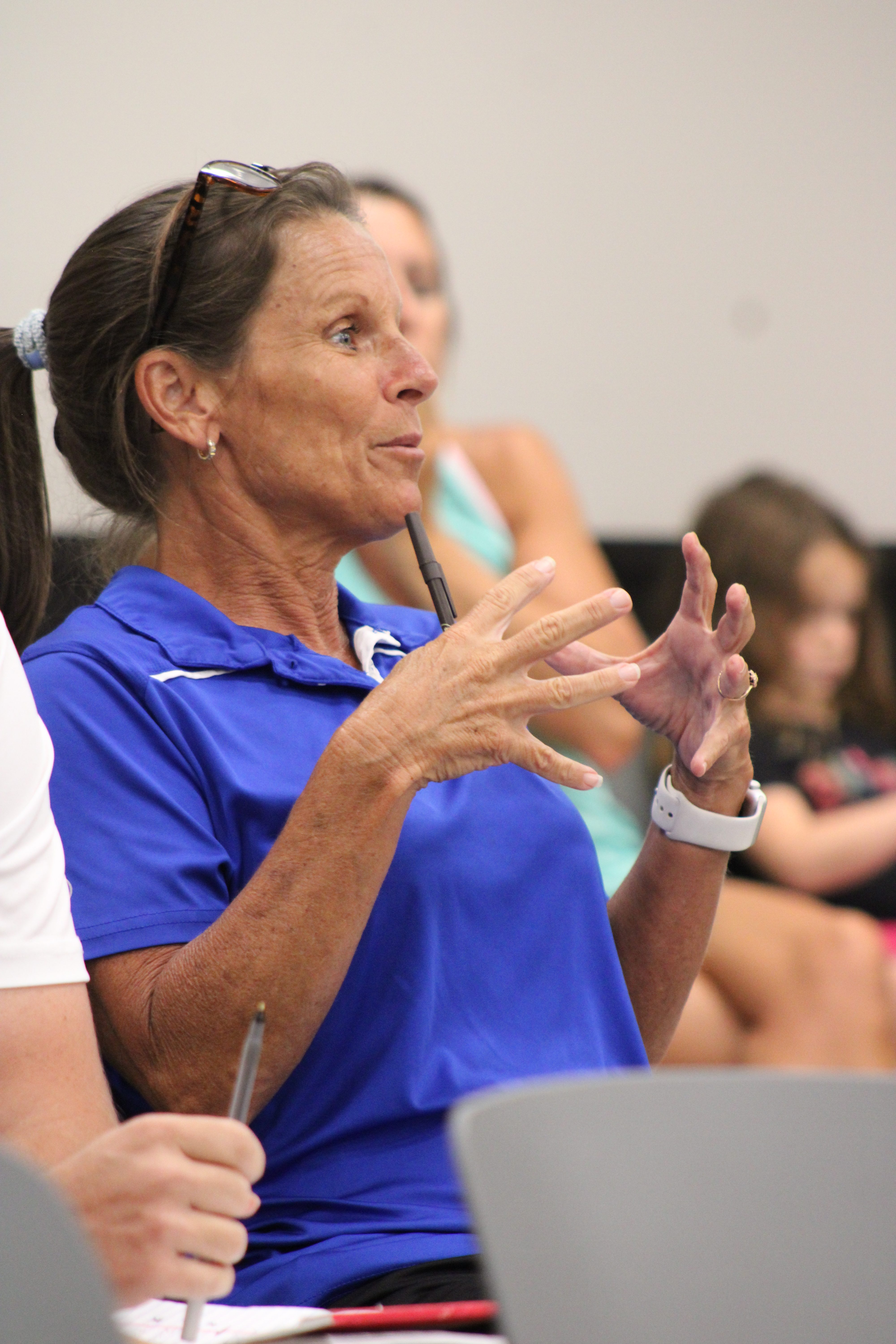EDITORIAL: Breast Cancer Awareness month about saving lives
Published 10:30 pm Monday, October 10, 2022

- Editorial
More than one-third of Americans skipped routine medical exams since the onset of the COVID-19 pandemic and the majority of them were women. According to the Journal of the National Cancer Institute, mammograms dropped as much as about 80% at certain times of the pandemic. As a result, experts project 2,487 additional deaths from breast cancer by 2030.
Trending
Many screening facilities closed temporarily, while others faced severe staffing shortages. On top of that, people were afraid to go to hospitals and other medical facilities for nonemergency procedures for fear of catching COVID-19.
October is Breast Cancer Awareness Month and with the high potential for an increase in cases resulting from the recent gap in screenings, awareness is vitally important.
Awareness and getting screenings is especially key for economically underserved communities and minority communities where there is an increase rate of death.
Barriers such as screening access and medical information were only worsened in these communities with the pandemic.
But the disease itself doesn’t matter your age, socio-economics, or race.
It can strike any woman, at any time.
Trending
It can strike men, as well.
Survival can often hinge on finding the cancer as early as possible. That’s why awareness is so important.
If you or your friends or family members haven’t been screened and are within the appropriate age range to get a mammogram, make it a point to discuss it with those you love, particularly if you have a family history.
If you don’t have a doctor or lack money for a screening, know that their are resources available through the North Central Health District that may help. Visit the Women’s Health link on the district website at https://northcentralhealthdistrict.org/womens-health/ for more information.
Breast Cancer Awareness Month is about raising awareness, raising funds, sharing information and building the necessary networks to help satisfy the needs of those who are struggling.
Remember also that self-breast exams are key. Here are four symptoms to look for according to the Center For Disease Control:
•Any change in the size or shape of the breast,
•Any pain in any area of the breast,
•Nipple discharge other than breast milk (including blood), and
•A new lump in the breast or underarm.
The CDC also gives four ways to help lower the risk of breast cancer:
•Maintain a healthy weight and exercise regularly.
•Choose not to drink alcohol, or drink alcohol in moderation.
•If you are taking hormone replacement drugs or birth control pills, ask your doctor about the risks.
•Breastfeed your children, if possible.
Although wearing pink during this month is commonplace now, breast cancer awareness is not just about October.
It’s about saving lives, sharing and inspiring others to take preventative steps and get necessary screenings.
It’s about reminding us that funds must be raised, precautions must be taken and the battle will continue being fought each and every day until there is a cure.





